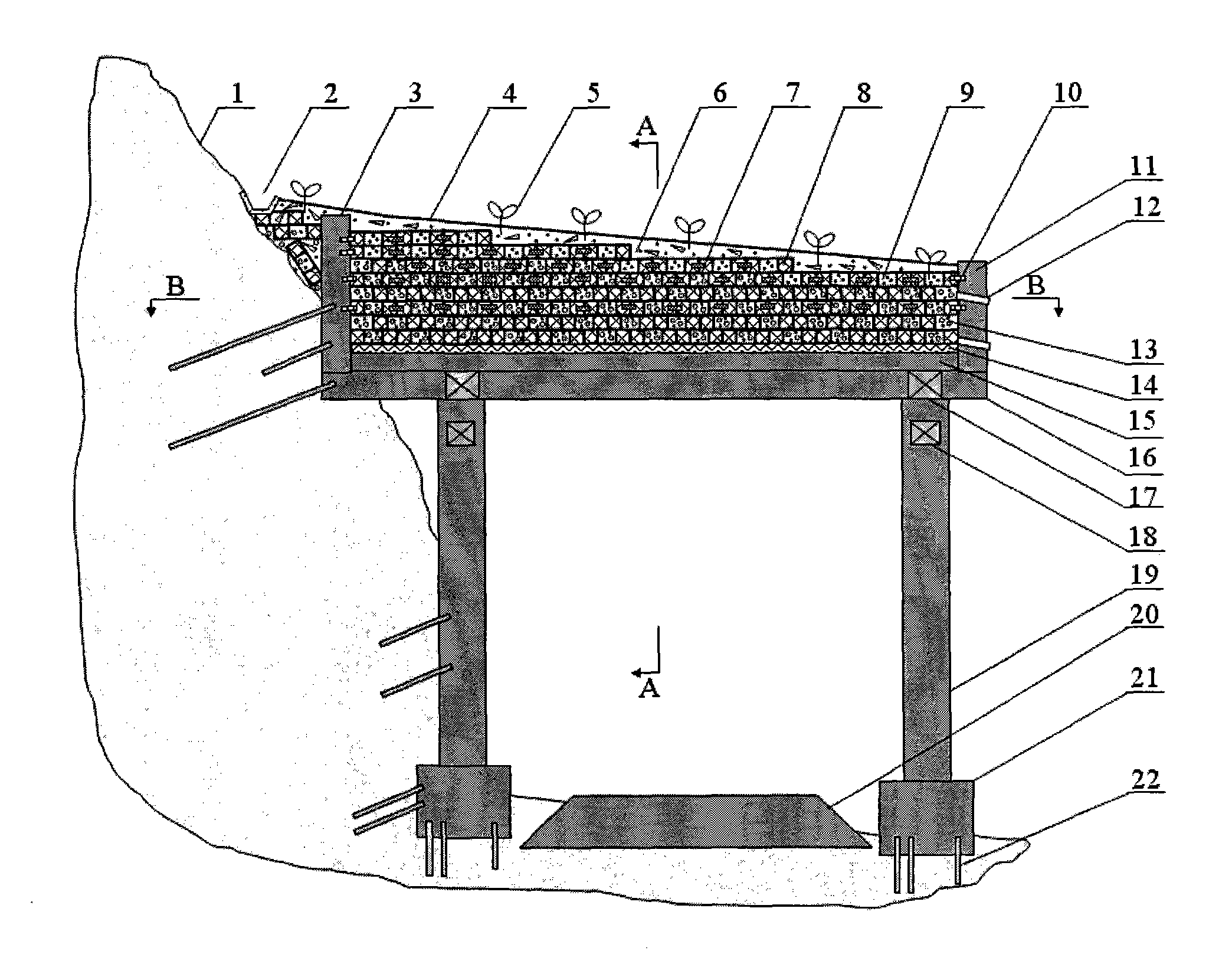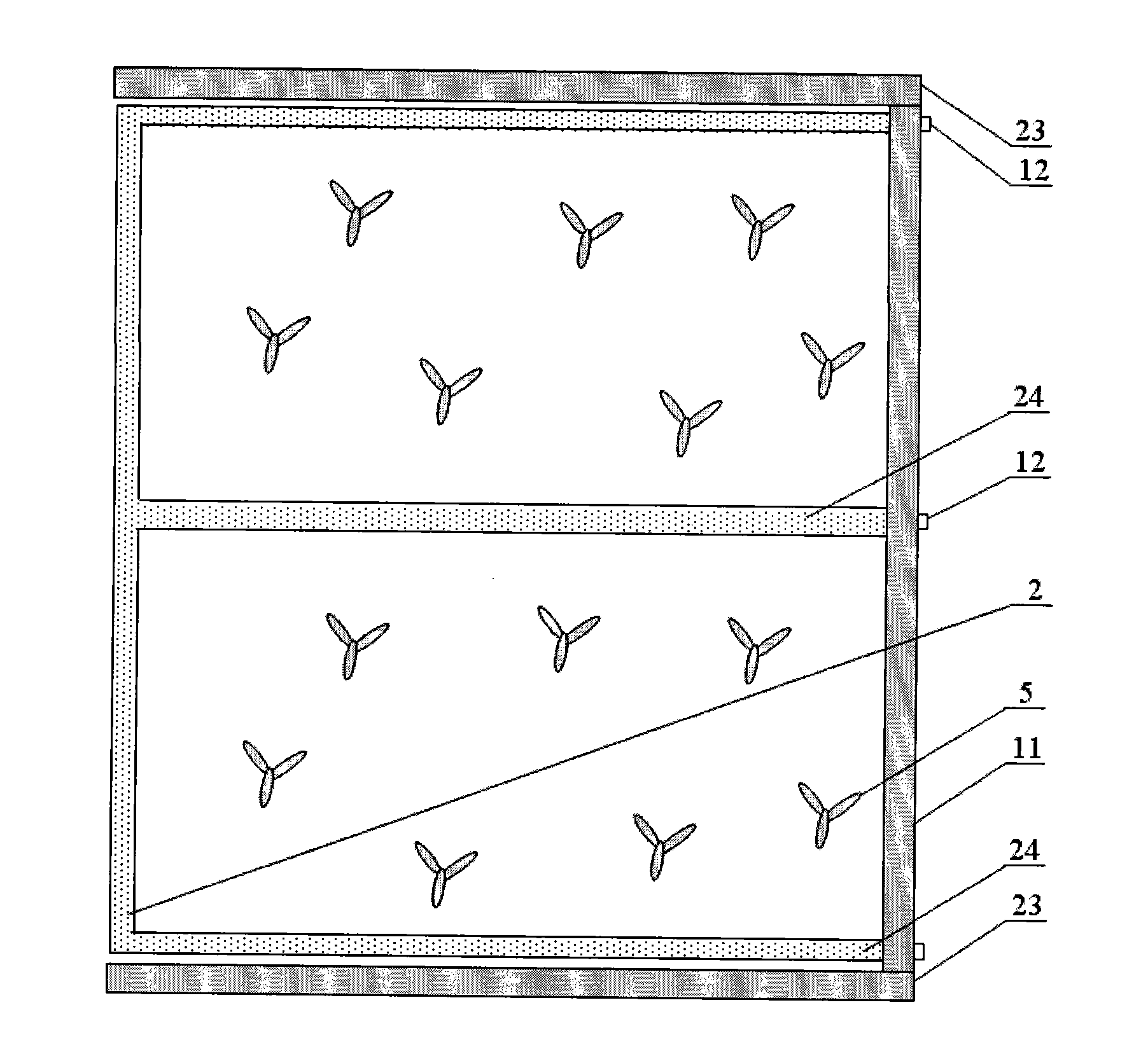Method for manufacturing cushion pad layer of rock protective shed by utilizing waste tyres
A technology for waste tires and buffer cushions, which is applied in protective equipment, construction, etc., can solve problems such as high cost and complex buffer system technology, and achieve strong site adaptability, wide application range of technology, and significant economic and environmental benefits Effect
- Summary
- Abstract
- Description
- Claims
- Application Information
AI Technical Summary
Benefits of technology
Problems solved by technology
Method used
Image
Examples
Embodiment Construction
[0064] In order to make the purpose, technical solutions and advantages of the embodiments of the present invention more clear, the embodiments of the present invention will be further described in detail below in conjunction with the embodiments and the accompanying drawings. Here, the exemplary embodiments and descriptions of the present invention are used to explain the present invention, but not to limit the present invention.
[0065] Such as figure 1 and figure 2 As shown, the construction conditions should be determined first, and the construction preparation should be completed; the construction conditions include selecting the specifications and flexibility of the cushion layer, selecting the specifications, arrangement forms, connection methods of waste tires 8 and tire cages 26, and the material ratio of the rubber soil 13 , the type of artificial filling layer 6 and the type of planted plants 5; construction preparation includes site clearing, construction safety...
PUM
 Login to View More
Login to View More Abstract
Description
Claims
Application Information
 Login to View More
Login to View More - R&D
- Intellectual Property
- Life Sciences
- Materials
- Tech Scout
- Unparalleled Data Quality
- Higher Quality Content
- 60% Fewer Hallucinations
Browse by: Latest US Patents, China's latest patents, Technical Efficacy Thesaurus, Application Domain, Technology Topic, Popular Technical Reports.
© 2025 PatSnap. All rights reserved.Legal|Privacy policy|Modern Slavery Act Transparency Statement|Sitemap|About US| Contact US: help@patsnap.com



